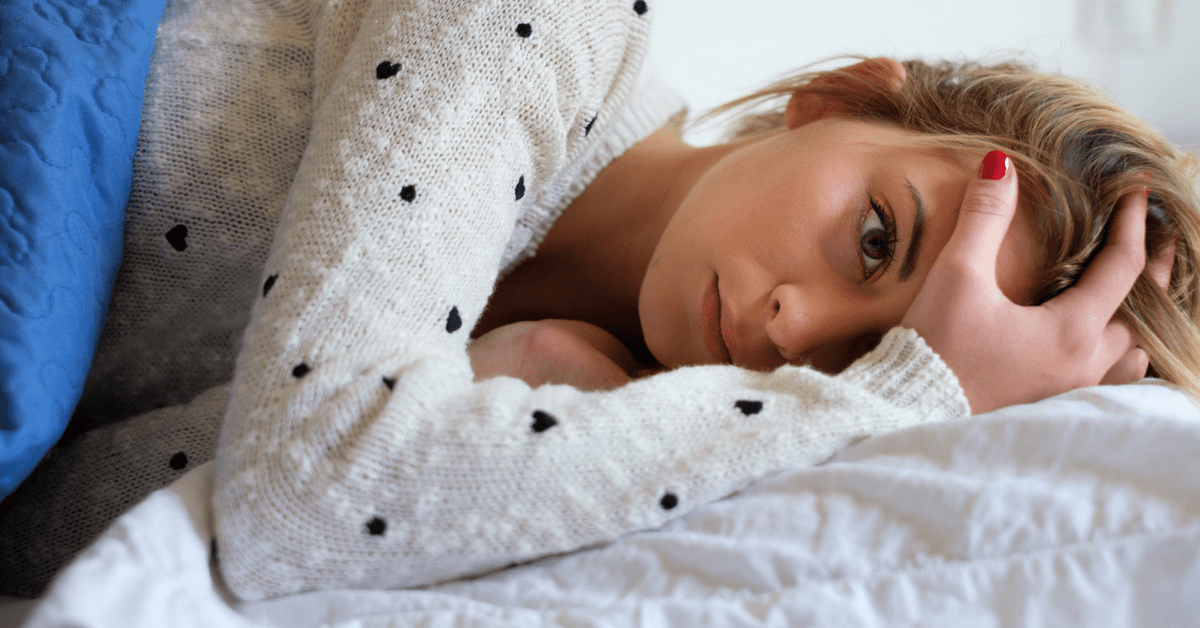
From the Journal: Treating Chronic Headache in Adolescents with Group Education
Research from Headache suggests education on lifestyle factors may be an effective, low-cost method for treating chronic headache in youth.
Chronic headache is common among adolescents with psychosocial morbidity, and it can be difficult and frustrating for youth and their families to find effective treatment options and alleviate symptoms. Nearly 4 percent of adolescent girls and 2 percent of adolescent boys experience chronic headache. People with this severe type of primary headache disorder experience at least 15 headache days per month, for three or more months and do not exhibit underlying secondary conditions. For many, a chronic headache disorder, including chronic migraine, leads to missed family, sports and school activities.
Previous research shows that group education on everyday behaviors and lifestyle factors — including sleep routine, diet, exercise and stress management — has proven successful in decreasing headache frequency in adults; but this treatment was less proven in adolescents, until recently.
A study in Headache: the Journal of Head and Face Pain examines the effect of this type of education on adolescents, or youth ages 12-17, with chronic headache. The study, titled Group Education and Multidisciplinary Management for Chronic Headaches Among Adolescents in a Military Treatment Facility: A Retrospective Chart Review, by Andrew Ormond, MD; Brian M. Faux, MD; Betty A. Zickefoose, RN, BSN, CSRN; James Aden, PhD; Patricia E. Kapunan, MD, MPH; and Timothy A. Roberts, MD, MPH, found that providing education on lifestyle management to adolescent patients may be effective for treating their chronic headache and decreasing overall headache frequency.
The study followed nearly 155 patients who enrolled in the U.S. military treatment facility and had been referred to a headache specialist. Of the participants, nearly 74 percent were female, and approximately 40 percent said they experience severe headache disability.
The aim of the study was to determine if the education program would decrease self-reported headache days. To determine the efficacy of the program, the researchers studied the change in headache frequency reported at the beginning of the class and six months after the class.
Prior to the study, the participants reported an average of 19 headache days in the previous 30 days; the adolescents with severe headache disability experienced more, on average. Following the study, participants reported, on average, an 11.5-day decrease in the frequency of their headaches during the previous 30 days at follow-up, six months after the education program. Those with severe headache disability saw an even greater decrease in the number of headache days.
Overall, the study finds that that group education on lifestyle management has the potential to be an effective and low-cost treatment for treating chronic headache, and decreasing headache frequency, in adolescents.
The American Headache Society is committed to keeping its members up to date on the most innovative and meaningful advancements in the realm of headache medicine. One of many initiatives to support that mission is our publication of Headache: The Journal of Head and Face Pain, published ten times per year, which highlights the latest findings in the realm of headache medicine research. Our “From the Journal” series offers a preview of some of the groundbreaking work detailed in Headache. Enjoy access to the full catalog of content plus a print subscription included with an American Headache Society Membership. Click here to become a member today.
Citation:


